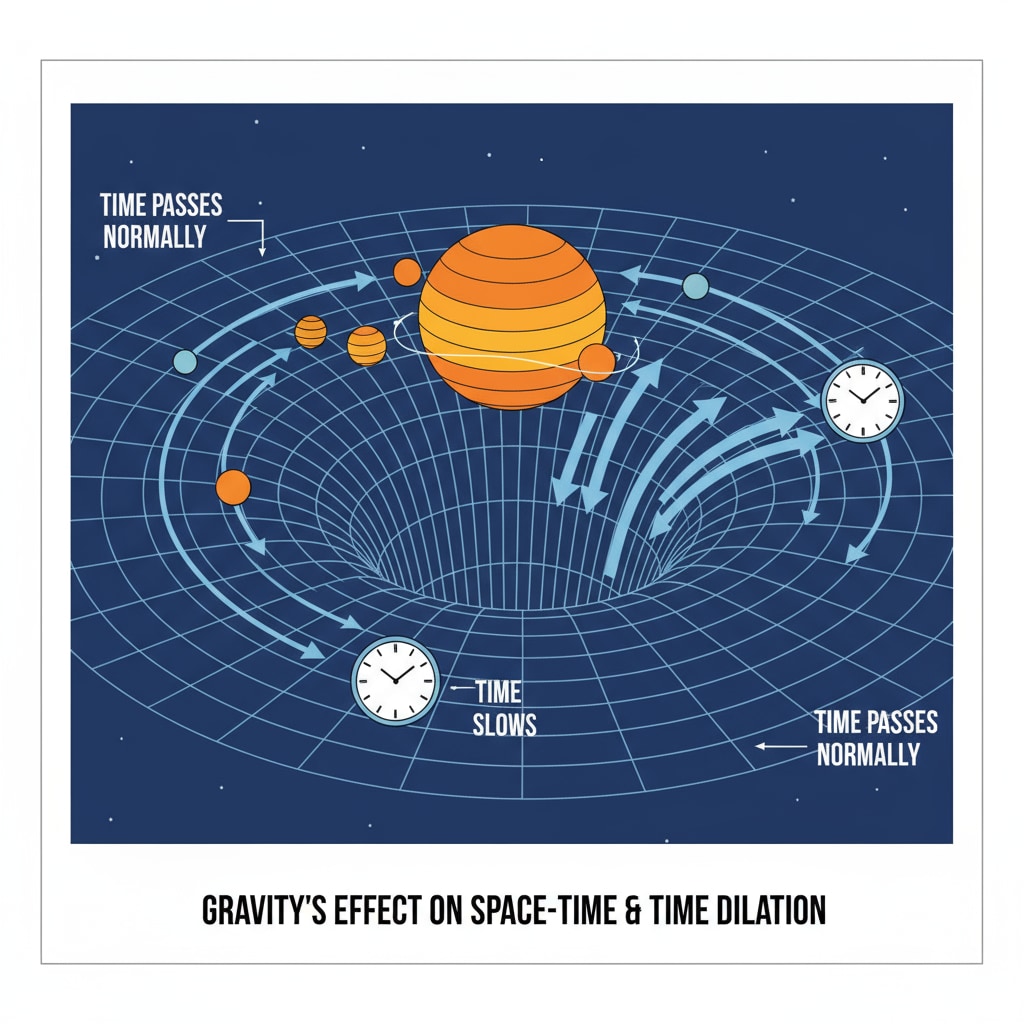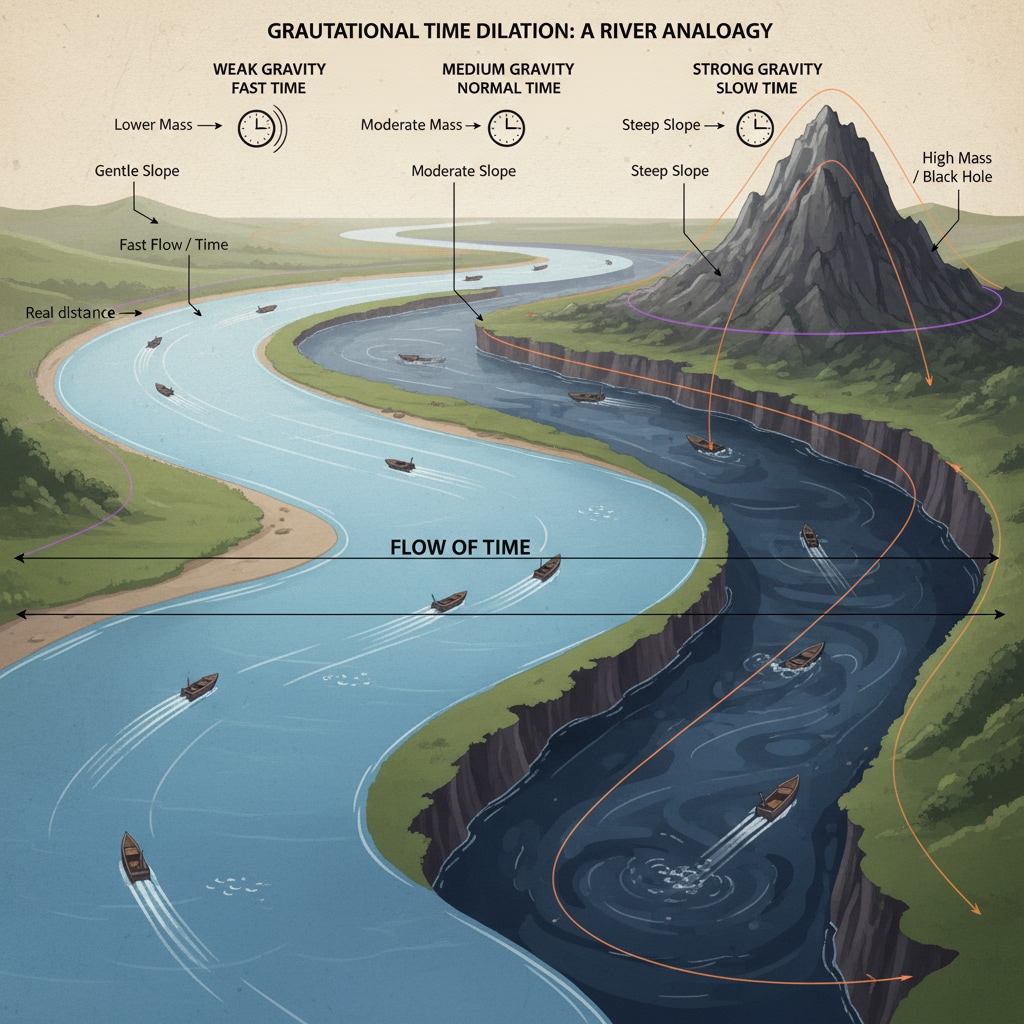Time dilation, gravity, and relativity are fascinating concepts that have intrigued scientists and students alike. Einstein’s theory of relativity revolutionized our understanding of the universe, and one of its most mind-bending aspects is how gravity affects the rate at which time passes. In this article, we’ll explore how to make these complex ideas accessible to K12 students.

The Concept of Time Dilation
Time dilation is a phenomenon predicted by Einstein’s theory of relativity. It means that time passes at different rates depending on the strength of gravity and the relative motion of observers. For example, time passes more slowly in stronger gravitational fields. To help K12 students understand this, we can use a simple analogy. Imagine time as a flowing river. In a stronger gravitational field, it’s like the river is flowing more sluggishly. This slowdown in the flow of time is what we call time dilation. Learn more about time dilation on Wikipedia

Gravity’s Role in Time Dilation
Gravity plays a crucial role in time dilation. The greater the mass of an object, the stronger its gravitational field. Near a massive object like a black hole, the gravitational field is extremely strong, and time dilation effects are very pronounced. We can explain this to students by comparing it to a large whirlpool. Just as a whirlpool pulls in objects, a strong gravitational field pulls on time, causing it to slow down. As a result, time near a black hole passes much more slowly than in a region with a weaker gravitational field. General relativity on Britannica
To make it more relatable to K12 students, we can also talk about the differences in time passage at different altitudes on Earth. Even on our planet, the gravitational field strength varies slightly with altitude. At higher altitudes, the gravitational field is weaker, so time passes a tiny bit faster. This is a measurable difference, although it’s extremely small. For instance, an atomic clock at a higher altitude will run a little faster than one at sea level over time.
Readability guidance: We’ve used simple language and analogies to break down these complex concepts. The paragraphs are short and to the point, and we’ve included transitions like “for example” and “as a result” to make the flow smooth. The list-like structure in the explanations helps students grasp the key points easily.


